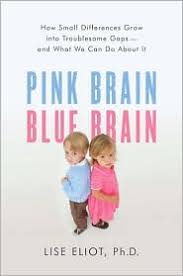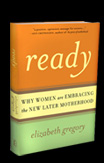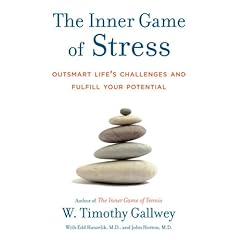Hi, everyone!
I’m a somewhat familiar face here at GirlwPen. Deborah Siegel and Kristen Loveland have both very graciously edited some of my guest posts featured at this site over the last year, including interviews with noted feminist authors such as Leora Tanenbaum, Kyria Abrahams, Susan Campbell, and Kathryn Joyce, as well as the occasional book review. I’m very excited to be a part of the new GirlwPen editorial staff and I greatly look forward to writing here alongside their work, every second Monday of each month!
For those who are not familiar with Shira Tarrant’s excellent new book, Men and Feminism, Shira will be on tour this fall, sharing her ideas on masculinity, feminism, and intimate connections between the two with longtime readers and newcomers alike. Please check out her tour schedule here and make sure to take a look at her new book!
Identity politics are central to the writing I hope to share in this space. Patricia Hill Collins, a black feminist writer and scholar, defines intersectionality as “the focal point where two [or more] exceptionally powerful and prevalent systems of oppression come together” (please see the article Patricia Hill Collins: Intersecting Oppressions for further explanation). As a feminist, I have often been complacent in allowing my identity as a woman to exist solely without descriptors, as though my womanhood had no context other than gender (and not even an understanding of cisgendered womanhood, at that!). It has taken me a lot of time, reading, reflection, and then some more time to come to terms with the impact of intersectionality in my life. It has also taken me just as long to understand many of the ways in which the theory of intersectionality is both embraced and/or ignored by various feminist groups. I still have a ways to go and the journey, as far as I’m concerned, will never be complete and will never rest solely in my hands.
The description of this column includes a definition for one of the least-known but greatly critical academic terms: kyriarchy. Like many in the blogosphere, I was introduced to the concept of kyriarchy via this fantastic post by Lisa at My Ecdysis. In reading, I began to understand that unlike the term “patriarchy,” kyriarchy provides a much-needed framework for understanding many varied systems of oppression, domination, subordination and superordination. Arwyn at Raising My Boychick notes that “most of us exist with a complex array of privilege in some areas and oppression in others” (see her complex and highly informative perspective on kyriarchy here). These include, but are not limited to: age, race, gender, gender expression, nationality, social class, sexuality, disability, body type, weight, citizenship, religion, and much, much more.Â
In understanding kyriarchy, I can see where parts of my identity have contributed to my personal experiences of oppression and subordination. Just as importantly, it also helps for me to understand where I act as an oppressor through unearned privileges granted to me by facets of my identity. As a white, cisgendered, twentysomething, bisexual, middle-class, able-bodied, zaftig, American citizen and woman, I struggle to fully own my identity and the facets which might seem contradictory. One example: I was raised in a large family by a single mother; there wasn’t much money growing up, and I find that even though my class status has changed from scholarship-student to white-collar employee and freelancing writer, I worry over money in many of the same ways I did as a child. Despite having savings and some of the trappings of middle-class privilege, my mentality of being raised on food stamps, free lunches, and living on only a few “extra” dollars from paycheck to paycheck has not evolved as quickly as my circumstances have.
Yet kyriarchy has not only contributed to self-awareness, but also to a greater understanding of global politics. Kyriarchy is never static; the shifts in power and powerlessness depend on context, and with ever-changing circumstances, we are all forced to contend with our changing social roles. I often wonder how kyriarchy contributes to certain power structures and how those structures are overtly and subtly underminded by those who are not in power, yet still work to implement social change.Â
I hope to reflect on some of these ideas, and hopefully more, in posts yet to be written. I hope readers of GirlwPen will embrace this journey with me.

 Just a quick shout out to a number of authors with FANTABULOUS feminist books out this fall. Congrats, admiration, and heartfelt kudos to:
Just a quick shout out to a number of authors with FANTABULOUS feminist books out this fall. Congrats, admiration, and heartfelt kudos to:
 One of the things I like most about blogging is that your subject can change as you do. This summer
One of the things I like most about blogging is that your subject can change as you do. This summer 






 If I could think of a topic that travels around the conversations of most women I know, the choice to have a child, and when, often lives pretty near the top of the list. Following it comes a litany of concerns: how to juggle career, partnerhood, personal and professional ambitions, and more.Â
If I could think of a topic that travels around the conversations of most women I know, the choice to have a child, and when, often lives pretty near the top of the list. Following it comes a litany of concerns: how to juggle career, partnerhood, personal and professional ambitions, and more. 
